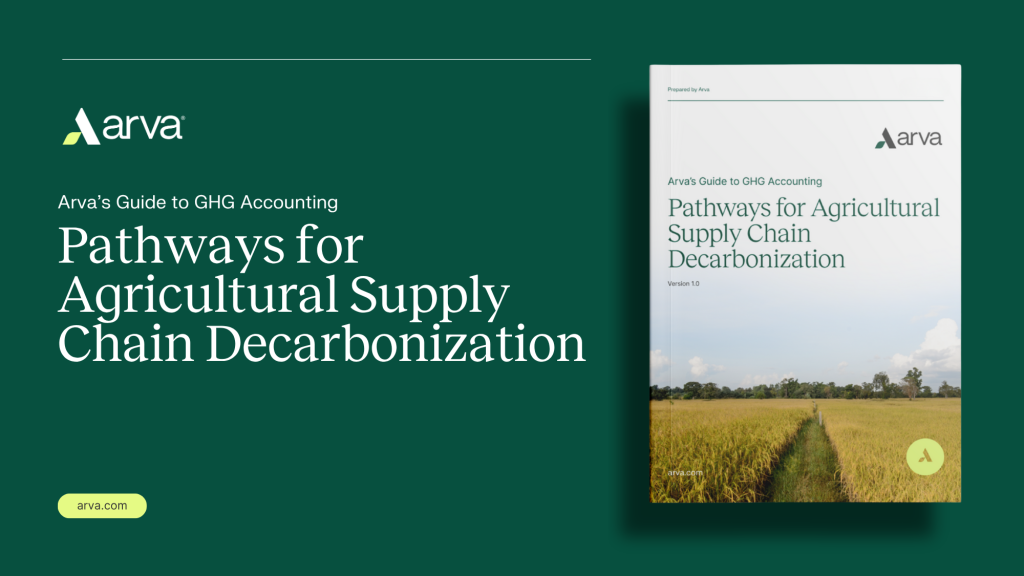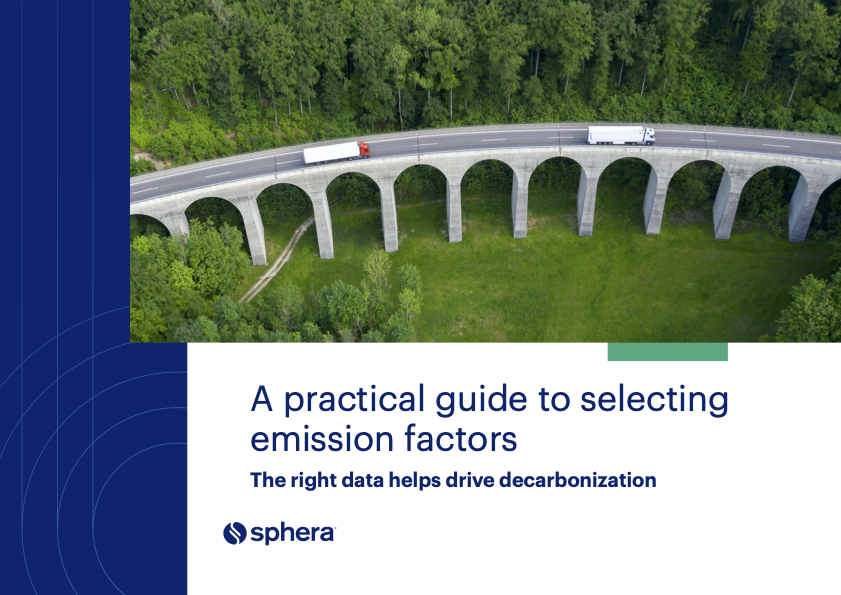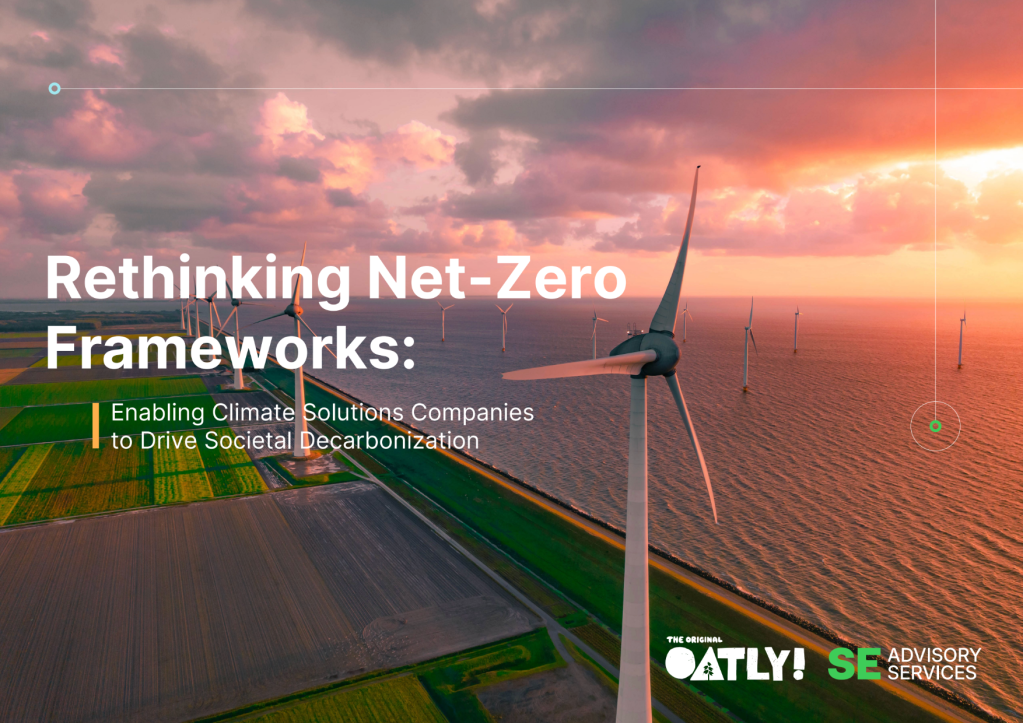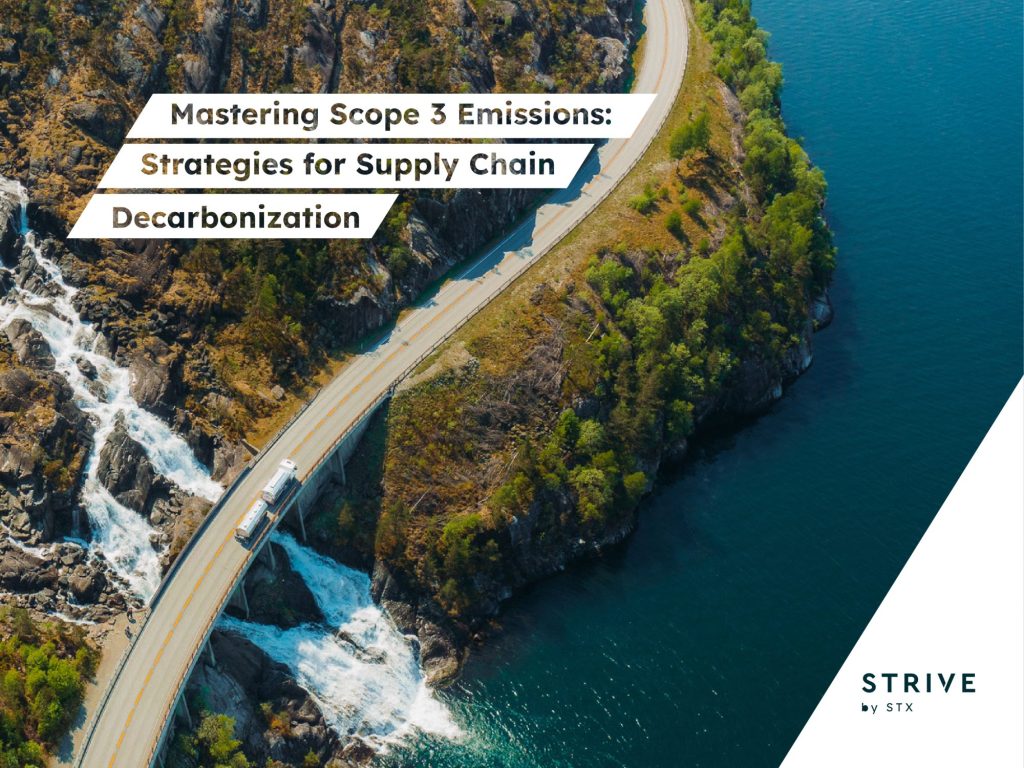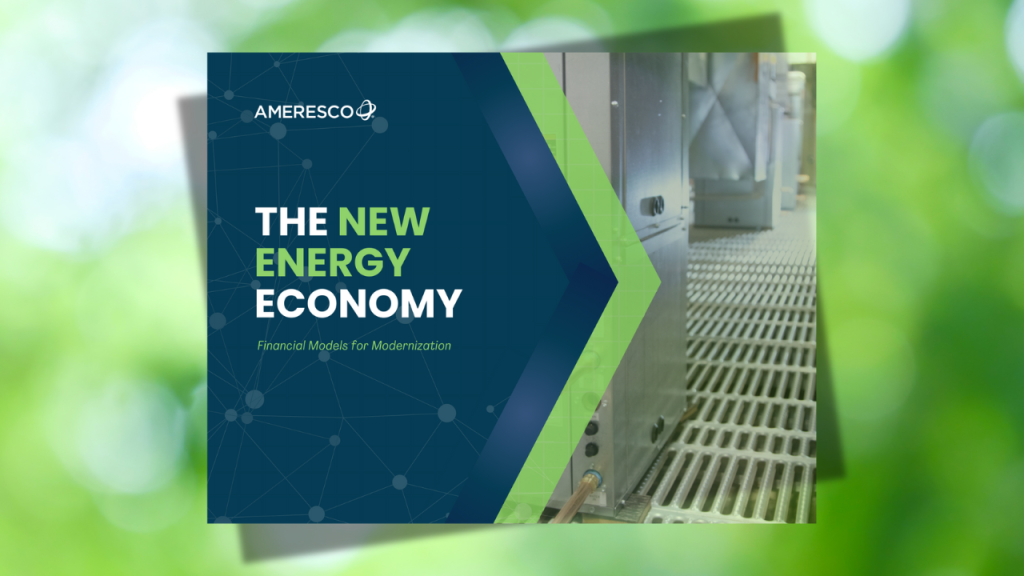Greener (Brown) Toilet Paper and the Elusive Green Consumer
The case of a 100 percent post-consumer recycled content toilet paper illustrates why a shift toward sustainability will have to come from the top down, not the bottom up. Read More
I’d like to believe that we can shop our way to be a better world.
It’s unlikely.
If our economy is going to become more just and sustainable, change will have to come from the top down, not from the bottom up.
This roll of toilet paper helps explain why.
Called Moka, this bathroom tissue comes from a company called Cascades, which is headquartered in Montreal. It’s made from 100 percent recycled paper, and it has a lower carbon footprint than conventional toilet paper. Moka costs less to manufacture than ordinary white toilet paper and uses less bleach. And it works fine. Trust me — the company sent me a sample roll.
“It’s beneficial for us, for consumers and for the environment,” says Isabelle Faivre, US Marketing Director for Cascades.
The trouble is, you can’t buy Moka in a store.
That’s because Moka is being, er, rolled out exclusively in the away-from-home market. That is, it’s being sold to distributors who supply office buildings, schools, colleges, hospitals, restaurants and hotels. “Companies have that need to look green, to make them feel better about themselves,” says Faivre. But consumers aren’t ready to accept off-color bathroom tissue.
Cascades knows this because the company introduced beige napkins made from recycled stock in the late 1990s. They’re common now in places like Starbucks and McDonald’s, and they represent about 23 percent of Cascades’ institutional napkin business, up from less than 10 percent a decade ago.
But consumers aren’t buying them. “They’re a very, very small part of the retail market,” Faivre says.
People tell market researchers that they prefer environmentally-friendly products. But more than twenty years after my friend Joel Makower wrote The Green Consumer (with John Elkington and Julia Hailes), American homes, cars and bellies have all grown bigger faster than the the much-touted LOHAS (Lifestyles of Health and Sustainability) market.
Much has changed since Joel wrote his book, but as he notes in this 2010 essay:
One thing hasn’t changed all that much: green consumers. That is, there don’t seem to be that many more today than in 1990, in terms of people making significant changes to their shopping and consuming habits in ways that move markets toward greener products and services, never mind actually “saving the earth.”
Why? People are habitual. They’re busy. They’re stretched for money. Presumably they mean well when they tell market researchers that they care about the planet, but when they are pushing a cart down a supermarket aisle, they’re not thinking about climate change or biodiversity; they’re thinking about getting home to get dinner on the table.
Again, Joel put it well:
Consumers, for all their good intentions, don’t really want to change. They want what they want — and what they feel they need and deserve — with little regard for where it comes from, how it’s made, how it’s used, and its impacts throughout its life-cycle.
 To be sure, here and there is evidence to the contrary — brands like Newman’s Own or Patagonia that are built on goodness or green cred, green insurgents like Stonyfield Farm and Seventh Generation and Honest Tea, the viral appeal of Carrotmob (See my blogpost, A Carrotmob, not a stick) and the conscientious shoppers who pull out their Good Guide iPhone app before making a purchase. But they are exceptions.
To be sure, here and there is evidence to the contrary — brands like Newman’s Own or Patagonia that are built on goodness or green cred, green insurgents like Stonyfield Farm and Seventh Generation and Honest Tea, the viral appeal of Carrotmob (See my blogpost, A Carrotmob, not a stick) and the conscientious shoppers who pull out their Good Guide iPhone app before making a purchase. But they are exceptions.
European shoppers tend to be more conscientious about their consumption but even there progress is fitful. Tesco, the British supermarket chain that has embraced an array of sustainability projects, recently said it would drop plans to attach carbon-footprint labels to its products because developing them proved expensive and time-consuming. You can be certain that if British shoppers had demanded the labels, they’d remain.
Consumers don’t want to make even small sacrifices to be green. Pepsico’s Frito-Lay division pulled most of the biodegradable packaging it used for Sun Chips snacks because consumers complained they were too noisy. SC Johnson has found consumer resistant to concentrated refills for Windex. Method sells style, cool technology or convenience, downplaying its considerable environmental benefits.
Some companies have even found that touting environmental benefits turns off consumers. Hewlett Packard uses recycled content in some printers, but keeps quiet about it because consumers mistakenly thought that the “greener” printers would not perform as well. This is the opposite of greenwashing; call it greenhushing.
This isn’t a reason to despair. It’s a reason to focus on approaches to change that have a better chance of success.
As Toby Webb, founder of Ethical Corporation, wrote recently:
ALL the research shows, when you cut through it, that it will be systems change at the ‘top end’ that delivers sustainability at scale: By companies, in R&D, design, takeback and product makeup, and by governments, which will have to be pushed by alliances of companies and others to help support these changes.
The good news: It may well prove easier to focus on 500 to 1,000 global companies, and the startups that aim to disrupt them, than it is to change the mindset of 300 million Americans or 7 billion consumers around the world.
Engaged employees can change companies. So can pressure campaigns by activists. Forward-thinking CEOs can, of course, have a big impact.
Politics matters, a lot. Governments that price carbon will have a deeper and longer-lasting impact than shoppers who read carbon labels.
I hope I’m wrong about consumers. Maybe younger consumers, especially, will vote with their pocketbooks for greener products, ethical companies and a more just, sustainable world. I just don’t see it happening — yet.

Subscribe to Trellis Briefing
Featured Reports

The Premier Event for Sustainable Business Leaders




